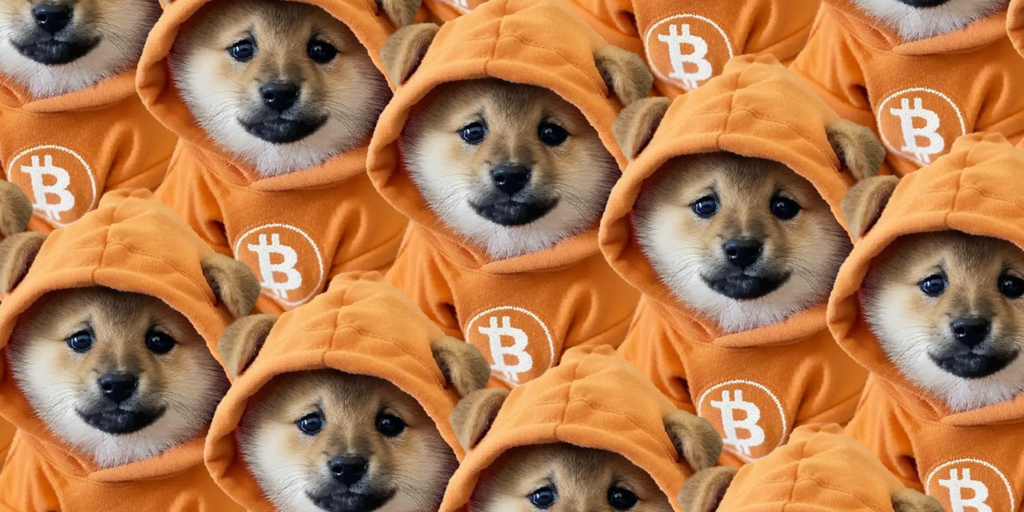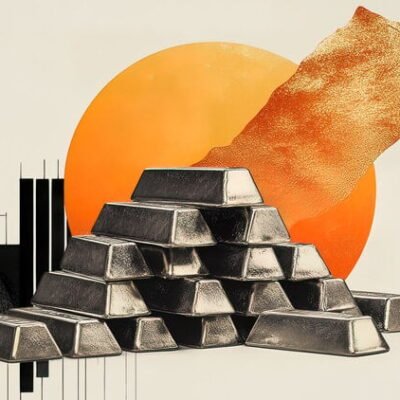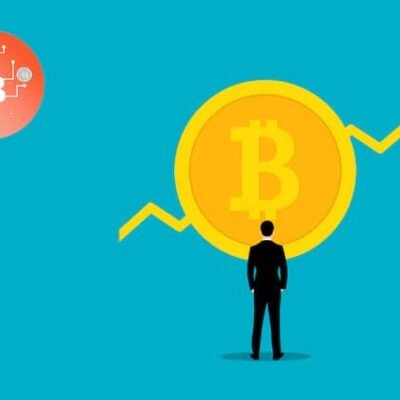Say what you will about Bitcoin maximalists and die-hard Runes traders—they tend to be pretty consistent when it comes to questions of loyalty.
So why, then, did Bitcoin’s top meme coin just expand to Solana?
Earlier this week, the Bitcoin-based token DOG•GO•TO•THE•MOON—better known as DOG— announced plans to grow beyond its native network, via a two-way bridge to Solana whipped up by Mine Labs. On Wednesday the bridge went live, meaning Solana users can now buy and sell wrapped tokens that each represent a corresponding DOG coin locked on Bitcoin’s layer-1 network.
After months of depressed activity and flagging fortunes for Bitcoin’s meme coin ecosystem, could the move signal some sort of capitulation? Leonidas, DOG’s pseudonymous creator, adamantly disagrees.
“This puts DOG buy buttons in front of more people,” Leonidas told Decrypt. “BTC did not become a $2 trillion asset by making people download a Bitcoin wallet. DOG is just following in the footsteps of BTC.”
As the coin creator and BTC evangelist sees it, he is merely bringing Bitcoin-related products to the center of the zeitgeist, as so many before him have done. And whereas that center of the action was once centralized exchanges like Coinbase, it’s now red-hot Solana DeFi applications.
It just so happens that DOG’s introduction to Solana came during a particularly chaotic week for the meme coin-centric network. Last weekend, Argentine President Javier Milei found himself embroiled in controversy after endorsing Libra, a Solana token that climbed above $4 billion before plummeting, rugging on retail customers and enriching insiders in the process.
Meanwhile, Barstool Sports founder Dave Portnoy has attracted plenty of his own attention for pumping and dumping various Solana coins and enticing his massive fan base to join in.
It’s likely no coincidence that even President Donald Trump’s increasingly industry-friendly SEC chose Thursday to announce a new crime-fighting unit dedicated specifically to rooting out crypto-related fraud.
It’s also no accident that DOG decided to jump into the Solana meme coin fray amidst all this havoc. Leonidas says that had the token expanded even a month ago, the narrative “would have fallen on deaf ears.”
“Because of recent events around Libra, the Solana community is starting to have a conversation about the importance of fair launches—and DOG is contributing to that conversation,” Leonidas said. “People want to buy transparent and well-distributed meme coins like DOG more than ever.”
Unlike many popular meme coins, DOG has no official team, nor were any of its creators allocated earmarked portions of the token’s supply. The project’s ethos, in typical Bitcoin fashion, is decidedly pro-decentralization and fiercely skeptical of insider-dominated rival tokens that have gained mainstream exposure by paying often exorbitant listing fees to centralized exchanges.
DOG, which nearly touched a $1 billion market capitalization in December but has since fallen under a $300 million valuation in recent days, is available only through select centralized exchanges—and not the giants like Coinbase or Binance, or even Robinhood.
Perhaps that’s because most exchanges have yet to be tempted by Bitcoin Runes, which have befuddled some would-be traders with their complexities. Perhaps also, it’s because DOG refuses to play the listing fees game.
Either way, to Leonidas, DOG’s expansion this week to Solana marks the start of a quest to reach the masses directly where they are—and in that sense, fits perfectly with Bitcoin’s core mission.
“We will embrace an on-chain future where we don’t need to ask anyone for permission for DOG to be tradable,” the developer said.
Edited by Andrew Hayward
Daily Debrief Newsletter
Start every day with the top news stories right now, plus original features, a podcast, videos and more.





